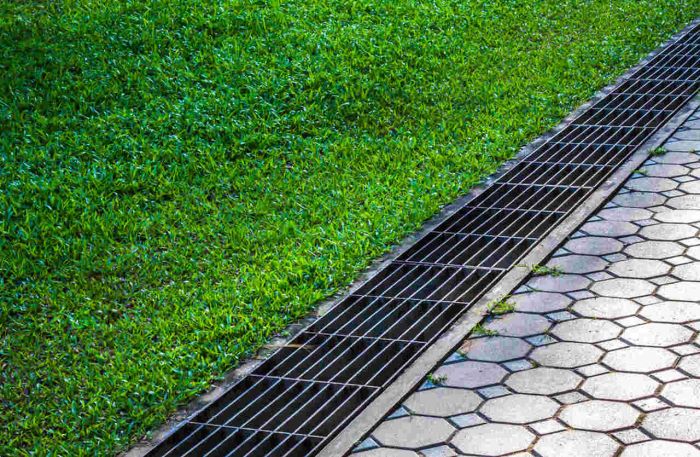Heavy rainfall can quickly turn streets and yards into flooded zones if drainage systems aren’t ready to handle the water. That’s where stormwater pits come in—they’re essential for collecting runoff and preventing water damage to homes, roads, and landscapes.
If you’re planning a drainage project, knowing how to build stormwater pits correctly is key. This blog from https://civilmart.com.au/ will walk you through the five best and most effective methods to create stormwater pits that last and work well in different environments.
1. Assess the Area and Drainage Needs
Before building a stormwater pit, it's essential to check the area. Look at how water flows during heavy rain. Identify low spots where water collects or where flooding often happens.
Think about the size of the area and the amount of rainwater it gets. You may need a bigger pit if it's a driveway or a roof. This step helps you understand what kind of drainage system will work best. It also helps avoid placing the pit in the wrong location.
According to the EPA’s stormwater best practices, site-specific planning is essential to avoid undersizing pits or placing them in ineffective locations. Understanding your drainage needs ensures your system is both efficient and resilient.
In fact, the importance of well-defined performance metrics is a principle that crosses over into other sectors as well. For instance, in human resource management, particularly in fitness and wellness industries, tracking and optimizing performance is crucial—as detailed in this performance-focused article. Whether in HR or hydrology, measurement and strategic alignment lead to more sustainable outcomes.
2. Choose the Right Type of Stormwater Pit

There are different types of stormwater pits, such as plastic, concrete, or custom-made ones. Plastic pits are light and good for small areas. Concrete pits are strong and better for places with heavy water flow or vehicle traffic.
You also need to choose the right size based on how much water needs to drain. A deeper or wider pit can hold more water. Picking the correct type and size ensures the system works well and lasts longer.
3. Follow Local Regulations and Standards
Every area has rules about stormwater systems. Before starting, check with your local council or building authority. These rules help keep water systems safe and prevent pollution. You might need a permit or follow certain designs. Following the rules avoids fines and ensures your pit is built properly. It’s also safer for your home and the environment.
4. Install Inlets, Outlets, and Grates Correctly
Inlets let water enter the pit, while outlets guide it away safely. Grates cover the pit to stop debris and keep people safe. All these parts need to be installed in the right positions.
Inlets should face areas where water gathers. Outlets should connect to pipes or drains that carry water away. Grates should fit well and be easy to clean. If installed properly, the system won’t clog and will work during heavy rain.
5. Ensure Proper Backfilling and Finishing
Once the pit is in place, backfilling becomes the next step. This involves filling the hole around the pit with soil or gravel.
Choose the appropriate materials to support the pit and prevent it from shifting. Compact the soil well to ensure it remains firm. After backfilling, level the ground and ensure the grate is flush with the surface. A clean, level finish keeps the area safe and facilitates easier maintenance.
Encourage Professional Help If Unsure
Need a safe and lasting solution? While DIY is an option, proper installation is crucial for long-term performance.
For peace of mind and to prevent future problems, don’t hesitate to seek professional assistance with stormwater pit installation—it’s a smart investment in your property’s protection.
Post Comment
Be the first to post comment!





